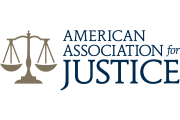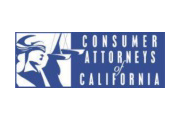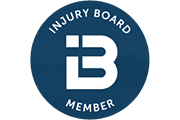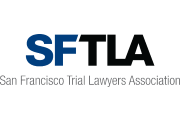A motorcycle accident can happen for a number of reasons. In many cases, these collisions take place between a motorcycle and a car, another motorcycle, or a semi-truck. However, not all accidents involve direct vehicle impact.
Many motorcycle accidents are single-vehicle or no-contact, meaning that the crash occurred without another vehicle colliding with the motorcyclists. Even in a no-contact accident, another driver could be liable for a motorcyclist’s damages.
A no-contact accident occurs when one vehicle causes another vehicle to crash, but the two did not touch each other during the event. For example, say a driver makes a lane change without checking to see if the lane is clear. A motorcyclist is traveling in that lane and swerves to avoid a collision.
If the motorcyclist crashes while swerving to avoid the driver, the driver could be liable for his or her damages. In this situation, the accident would not have occurred if the driver had checked his or her mirrors and waited to safely merge.
Common causes of motorcycle accidents include the following.
To operate a motorcycle safely, motorcyclists must maintain certain speeds and maneuvers to keep their balance and avoid an accident. If another driver commits a negligent act on the road, the motorcyclist can unexpectedly lose control of his or her vehicle and suffer serious injuries.
Drivers have a responsibility to operate their vehicles safely and to follow all applicable traffic laws. Under California’s fault insurance laws, these drivers are also financially responsible for their victims’ damages if they cause an accident. If you are in a no-contact accident with a negligent driver, you have the right to file an insurance claim or personal injury lawsuit against him or her.
Through your lawsuit or insurance claim, you can recover compensation for the damages you suffered due to the at-fault driver’s negligence. Common damages in motorcycle accident cases include the following.
Immediately after a no-contact accident, you may feel disoriented, overwhelmed, and in pain. As soon as possible, call 911 and seek emergency medical attention. While you are at the hospital, save all records that you receive about your injuries and treatments—these documents will serve as valuable pieces of evidence in your claim.
If you can move around the accident site without putting yourself in danger or causing further injury, you can document evidence at the scene. Take as many pictures from as many angles as possible of your injuries, motorcycle damage, and any skid marks, debris, or traffic signs and signals in the area. Exchange contact information with the other driver and any witnesses in the area.
After you seek medical attention, do not speak to any insurance representatives until you speak to a motorcycle accident attorney. Motorcyclists often face unfair stereotypes and assumptions during the claims process, and you need a lawyer who can advocate for your best interests during each stage of your case.
Your lawyer can conduct an in-depth investigation into your collision, gather evidence to establish the other driver’s liability, and craft a compelling case for your right to compensation. Contact a California motorcycle accident attorney to discuss your legal options.





